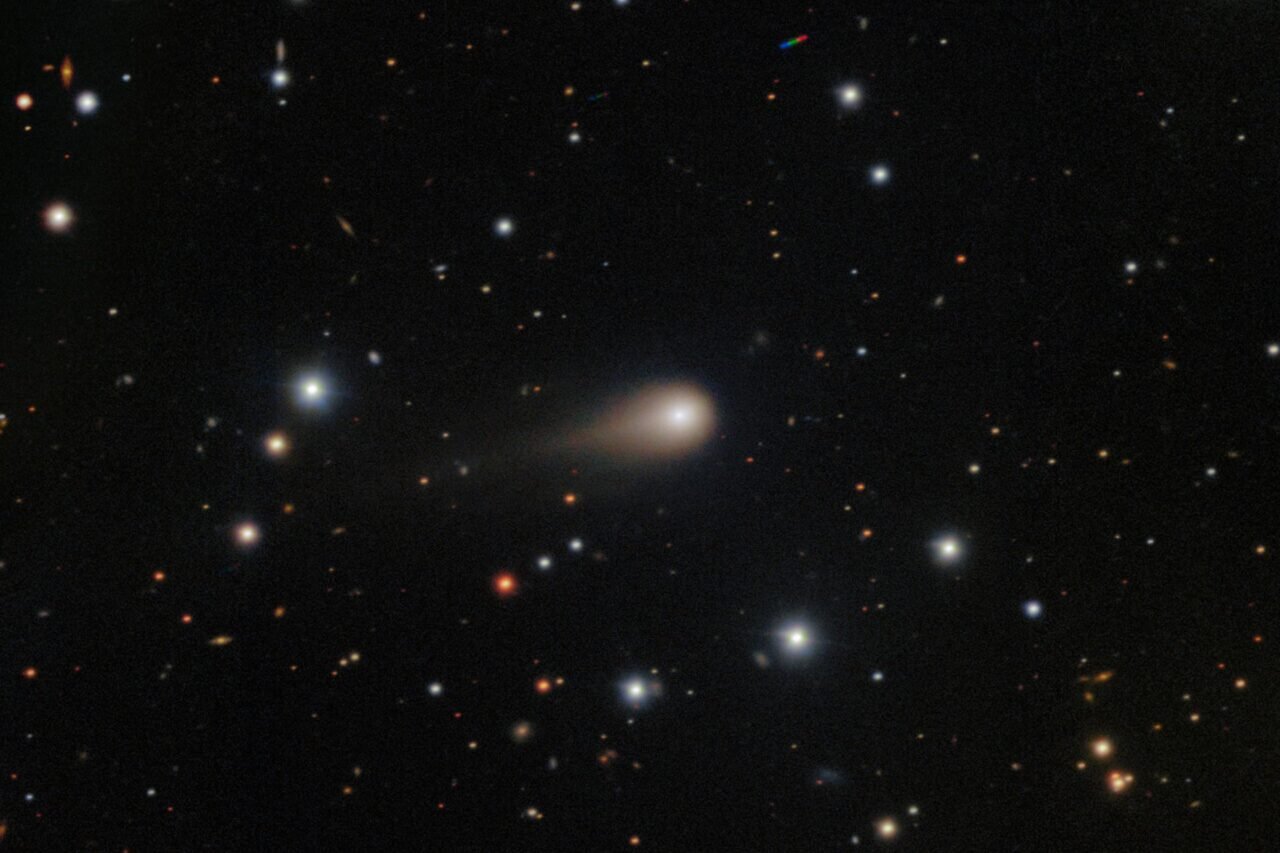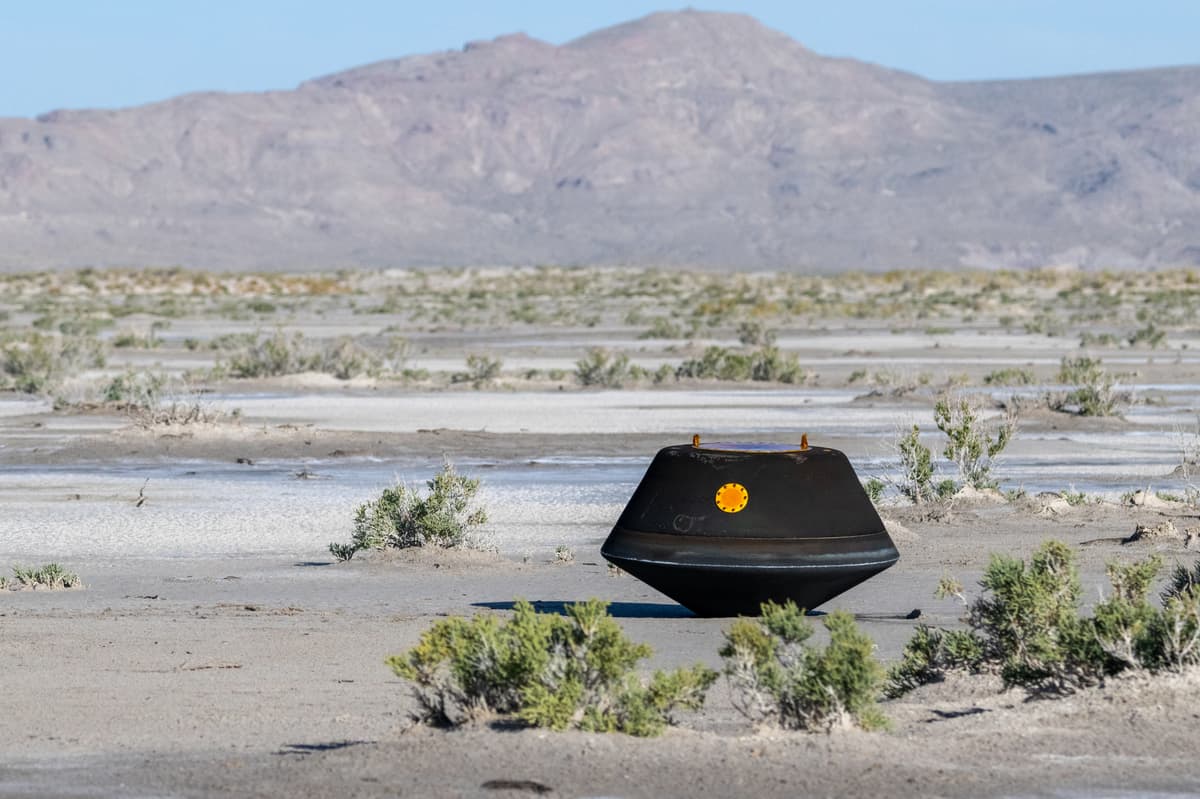Interstellar comet 3I/ATLAS reached its closest point to the Sun, known as perihelion, on November 1, 2023. This cosmic visitor has not been visible from Earth since September, yet space-based observatories successfully tracked its approach, observing a notable increase in brightness. As 3I/ATLAS neared the Sun, the heat caused its icy surface to rapidly transition from solid to gas, forming a glowing cloud called a coma and creating a visible tail.
The study of interstellar comets like 3I/ATLAS provides unique opportunities to gain insights into other solar systems and the broader galaxy. Astronomers are particularly focused on the comet at perihelion, as the gases and dust released from its nucleus can reveal crucial information about its composition. Findings from NASA’s and the European Space Agency’s STEREO-A and SOHO observatories, along with data from NASA’s GOES-19 satellite, contribute to understanding this rare interstellar object, which is only the third of its kind ever observed.
New Insights from Observations
The observations indicate that at perihelion, 3I/ATLAS brightened to approximately magnitude 9, making it detectable with a standard backyard telescope if it were in Earth’s line of sight. Scientists Qicheng Zhang from Lowell Observatory and Karl Battams from the U.S. Naval Research Laboratory noted that the comet appeared “distinctly bluer than the Sun,” a color associated with the gas emissions contributing to its brightness.
Interestingly, 3I/ATLAS exhibited a rapid increase in brightness compared to more familiar comets originating from the Oort Cloud. This region, lying beyond the Kuiper Belt at the outer edges of our solar system, is believed to contain numerous comet-like objects. However, researchers have yet to directly observe the Oort Cloud itself. In their paper, Zhang and Battams speculate that the rapid brightening could be due to unusual properties of the comet’s nucleus, such as its composition or structure. They suggest these characteristics may have originated from its host star system or developed during its lengthy journey through interstellar space.
A Glimpse of What’s Next
As 3I/ATLAS continues its trajectory away from the inner solar system, astronomers anticipate that it will briefly reappear in Earth’s view in late November or early December, with its closest approach to our planet expected around December 19, 2023. Following this period, the comet will gradually fade from sight as it moves further away from the solar system.
Future observations from spacecraft such as NASA’s Psyche mission or the Lucy mission targeting Jupiter’s Trojan asteroids could yield additional insights into the comet’s origins and composition. Preliminary findings indicate that 3I/ATLAS possesses an unusually high carbon dioxide to water ratio, making it one of the most distinct comets studied to date. As researchers analyze the data gathered during perihelion, it is likely that 3I/ATLAS will continue to reveal surprises and deepen our understanding of interstellar objects.







